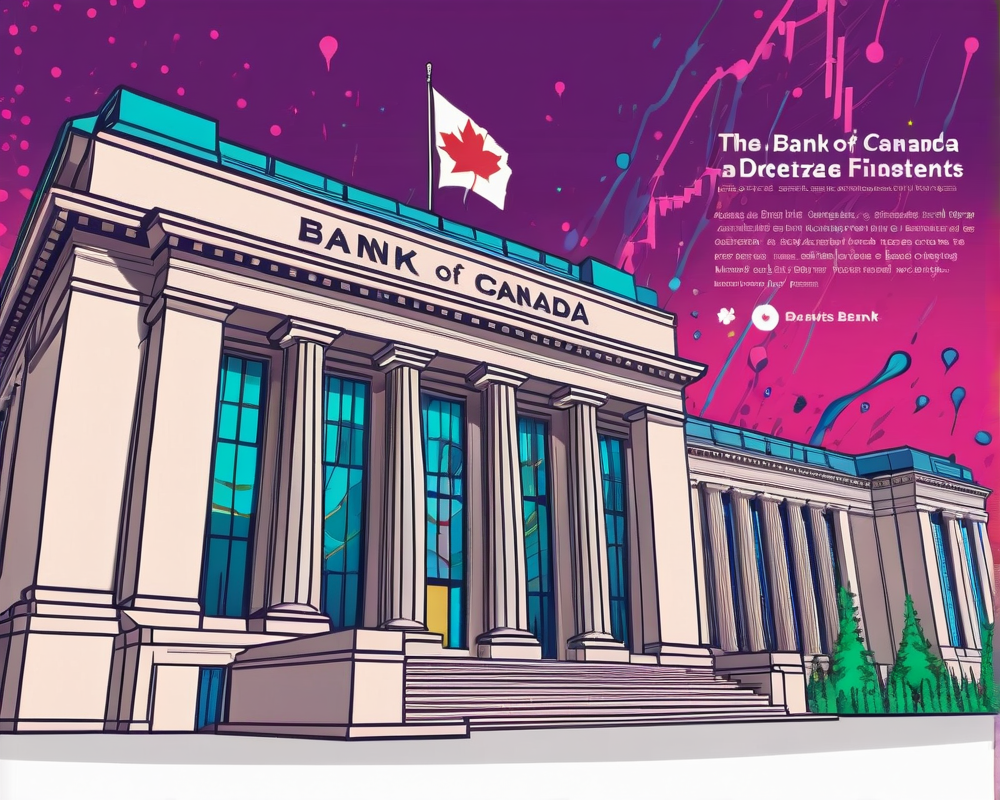Understanding Decentralized Finance (DeFi)
The Bank of Canada recently published a staff note discussing the layered complexity of decentralized finance, often referred to as DeFi. At its core, the Ethereum blockchain stands tall as the foundational layer, resembling a bustling city with developers erecting an array of tools and services, ranging from lending platforms to tokenization services. It’s like a financial buffet—just be careful not to overindulge!
The Rise and Fall of DeFi Popularity
DeFi surged into the limelight around 2020, blending in perfectly with the entrepreneurial spirit of the crypto economy. Billions flowed through this digital ecosystem, making it a mainstay for a while. However, the party was abruptly interrupted in 2022 when several major crypto platforms, including Terra, faced disastrous collapses. Think of it as that dramatic moment in a movie when the hero’s plan goes awry—only this time, the stakes are a bit higher than popcorn.
Key Features That Make DeFi Shine
The staff note lauds DeFi’s unique features that are shaking up the traditional financial system:
- Frictionless Financial Services: By minimizing the cumbersome processes that plague traditional systems, DeFi is streamlining access to financial tools. It’s like having a personal financial assistant—a pretty cool one at that.
- Open Competition: DeFi thrives on an open-source model, allowing anyone with the right motivation to jump in. This democratization means more choices and potentially better deals for end-users. Who doesn’t like a good price war?
- Transparency: With programmable smart contracts, transparency is the name of the game. These contracts eliminate the need for middlemen, making this digital space as clear as grandma’s favorite glass dish set at Thanksgiving—everyone can see what’s going on.
The Challenges Looming Over DeFi
Yet, no great system is without its challenges. The Bank’s note pointed out three primary obstacles currently facing DeFi:
- The absence of real-world tokenization.
- High interconnection concentration within the ecosystem.
- Dependence on centralized finance, which is unregulated and somewhat dangerous, like riding a unicycle down a steep hill.
The Regulatory Conundrum
As if the growing pains of DeFi weren’t enough, regulatory challenges are mounting. The lack of oversight due to the anonymous nature of public blockchains complicates things. The note sums it up well: this fern-like growth of DeFi is a bit too wild for traditional regulatory systems to tame. It’s like trying to herd cats—good luck with that!
Conclusion: A Mixed Bag of Opportunities and Risks
To conclude, the Bank of Canada’s staff note offers a mixed bag of insights. While there is undeniable potential for DeFi to revolutionize finance, the risks and challenges are like rain clouds on an otherwise sunny day. As we step further into this vibrant world of decentralized finance, it seems prudent to tread cautiously—but hey, who doesn’t love a bit of adventure?




